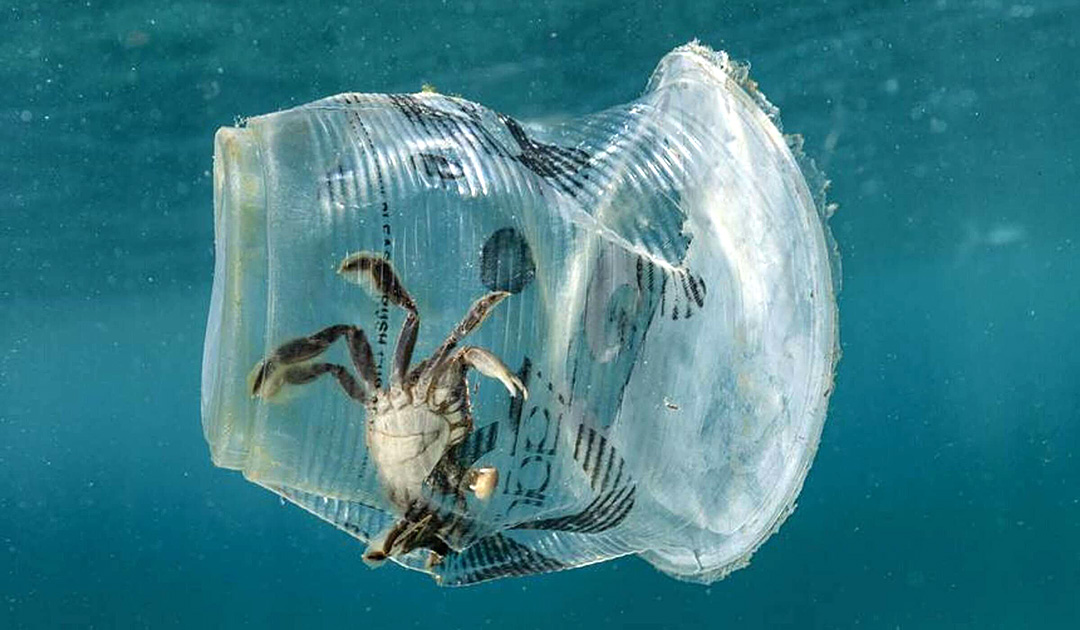
Plastic pollution in combination with ocean acidification hinders the development of Antarctic krill in the Southern Ocean. This is shown by a study published in Marine Frontiers.
Scientists from the British Antarctic Survey (BAS), the University of Exeter and the Plymouth Marine Laboratory investigated the effects of nanoplastics under current and future ocean acidification conditions. Nanoplastics are the smallest form of plastic pollution, invisible to the naked eye and at least 2000 times smaller than a grain of sand.
Antarctic krill are particularly vulnerable to this environmental stress due to their close association with sea ice, where plastic accumulates, and faster ocean acidification in higher latitudes such as the Southern Ocean.
The team found that krill embryos exposed to nanoplastic pollution combined with future ocean acidification conditions were least likely to reach later developmental stages.

Emily Rowlands, lead author and marine ecologist at the British Antarctic Survey, says: “Our results provide the first evidence that combined anthropogenic stressors (such as ocean acidification and nanoplastic pollution) can obstruct Antarctic krill development at the earliest and most sensitive embryonic stage of life. Now we need to understand whether these findings are reflective of the wider krill population.”
Dr. Clara Manno, marine ecologist, leader of the research project at BAS and co-author, says: “Ocean acidification, which is where the pH of the ocean decreases, resulting in a less optimal environment for marine wildlife, is expected to increase, along with micro- and nanoplastic pollution as existing ocean plastic degrades. Our results show that it is critical to address plastic pollution in the context of global climate change to understand the full impact on the marine ecosystem.”
The researchers say that future research on the early development of krill should consider the effects of several factors, as a reduction in the number of juvenile krill could have serious consequences for the Antarctic food web and the management of krill fisheries.

Antarctic krill (Euphausia superba) are shrimp-like crustaceans that play a crucial role in the polar oceans. They are the main source of food for whales, penguins, and seals, and play a critical role in promoting carbon transport into the deep ocean. However, krill and their habitats are threatened by the effects of climate change and a variety of pollutants, including plastics.
Heiner Kubny, Polarjournal
Link to the study: https://www.frontiersin.org/articles/10.3389/fmars.2021.709763/full





